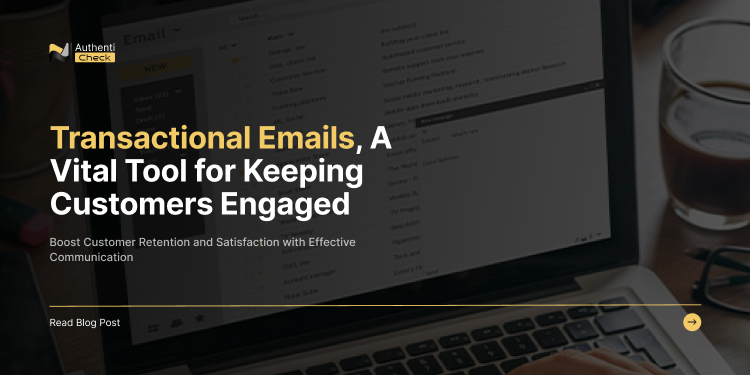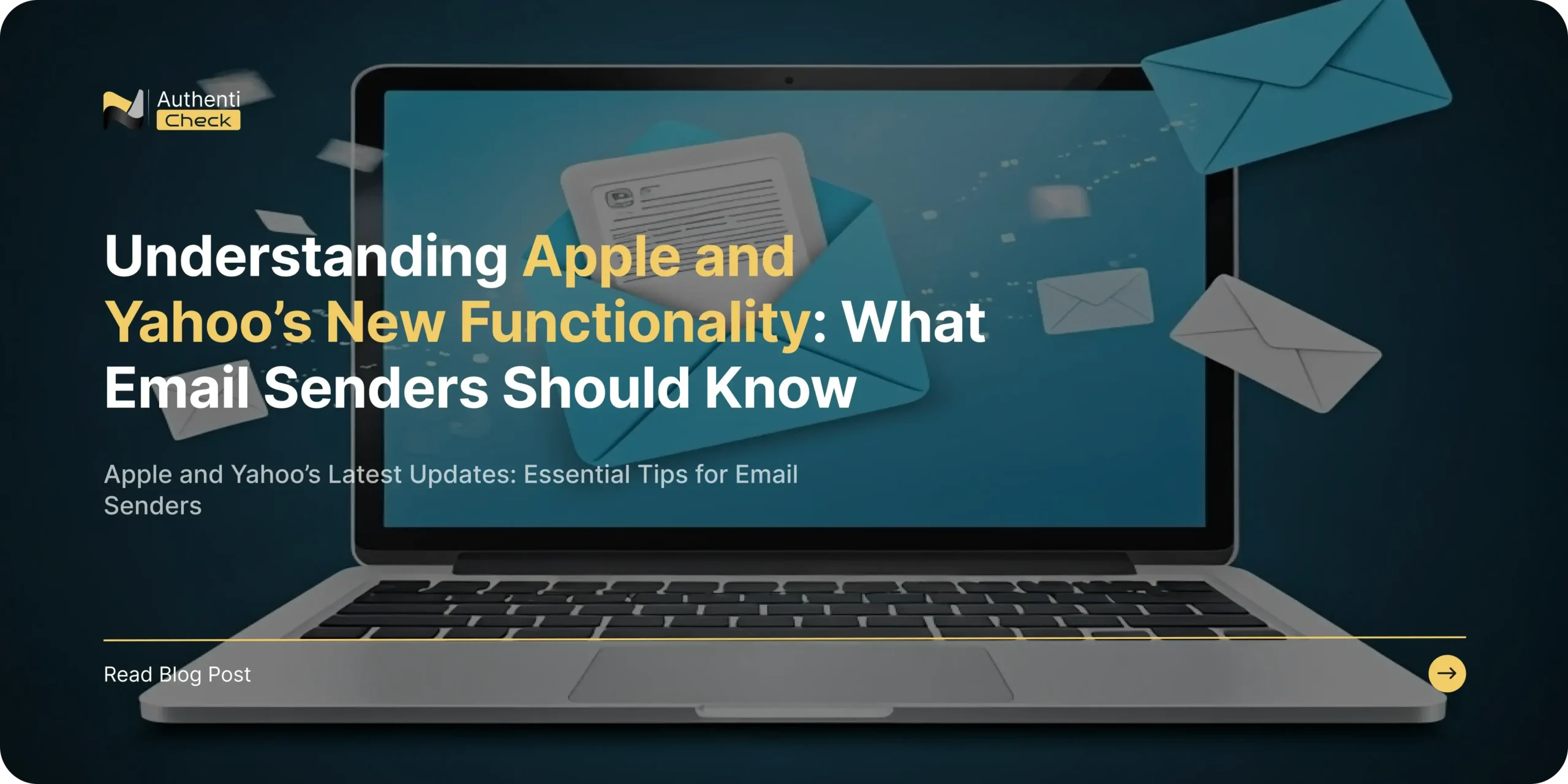10 Ways to Improve Email Design and Deliverability
October 15, 2024 | by e.divedeepai@gmail.com

In the digital era, email continues to be a highly effective marketing tool. However, to maximize its potential and boost audience engagement, it’s essential to focus on both design and deliverability. Crafting visually appealing, responsive emails and employing strategies to avoid spam filters ensures your messages reach the intended audience and generate the desired impact.
Understanding the Importance of Email Design & Deliverability
A well-designed email that successfully lands in a recipient’s inbox has a much higher chance of engaging and converting potential customers. The design of your email is critical for grabbing attention, creating a positive first impression, and conveying your message.
Equally important is email deliverability, which ensures your messages bypass spam filters and reach their intended audience while maintaining a strong sender reputation. By focusing on both visually appealing design and reliable deliverability, you can significantly improve the effectiveness of your email marketing campaigns, fostering stronger connections with your audience and driving better results for your business.
List of Ways to Improve Email Design & Deliverability
1. Prioritize Email List Hygiene
To ensure optimal email deliverability and engagement, it’s crucial to maintain a clean and up-to-date email list. Regularly remove inactive or invalid addresses to prevent your emails from bouncing and improve your sender’s reputation. Additionally, use AI-powered email verification tools to validate the authenticity of new subscribers in real-time, reducing the risk of spam complaints.
To enhance personalization and targeting, segment your list based on demographics, interests, or behavior. Ensure you comply with GDPR and other data privacy regulations, and implement a double opt-in process, requiring subscribers to confirm their subscription through a second email. This minimizes spam complaints and builds a more engaged audience.
2. Optimize Subject Lines and Preheader Text
Crafting compelling subject lines and preheader text is crucial for grabbing recipients’ attention and encouraging them to open your emails. A concise and engaging subject line should pique curiosity and entice recipients to learn more. Incorporating relevant keywords can improve deliverability and search visibility, ensuring your emails reach the intended audience.
Personalizing subject lines by addressing recipients by name or referencing their interests can create a more engaging experience. Using the preheader text to provide additional context or a compelling call to action can further entice recipients to open your email. However, due to Apple’s Mail Privacy Protection, open rates have become less reliable, so it’s vital to prioritize click-through rates (CTR) and engagement metrics for more accurate performance tracking.
3. Maintain a Clean and Clutter-Free Layout
A clean and clutter-free layout is essential for effective email design. Ample white space enhances readability and visual appeal, making navigating your email easier. Consistent formatting throughout the email creates a cohesive and professional appearance. Use clear hierarchies with headings, subheadings, and bullet points to organize your content effectively. To maintain deliverability and avoid overwhelming recipients, limit the number of external links in your email.
4. Ensure Mobile-Friendly and Dark Mode Design
Your emails must be designed for responsive design, meaning they adapt seamlessly to different screen sizes and devices. Use large, readable fonts and high-quality images that display clearly on mobile screens. Minimize the amount of scrolling required to view essential content, and test your emails on various mobile platforms.
In addition, dark mode optimization is increasingly crucial, as many users prefer dark mode settings on their devices. Make sure that your images, text colors, and overall design appear correctly in dark mode to ensure readability and visual appeal across all viewing preferences.
5. Optimize Images for Email
To ensure your email images load quickly and display properly, compress them to reduce file size, helping prevent email clients from blocking large images. Additionally, use descriptive alt text for images, improving accessibility for visually impaired users and contributing to search engine optimization.
Embedding images directly into your email (inlining) helps avoid broken links and ensures consistent display across different email clients. Test your email with multiple clients to ensure compatibility and prevent rendering issues.
6. Monitor Deliverability Metrics
To effectively monitor your email campaign’s performance, pay close attention to key deliverability metrics. Given that open rates may be inflated due to Apple’s Mail Privacy Protection, focus more on click-through rates (CTR), reply rates, and overall engagement.
Keep an eye on bounce rates, which indicate the number of emails that cannot be delivered due to invalid addresses or server issues. Additionally, monitor complaint rates to identify issues causing recipients to mark your emails as spam. Tracking these metrics helps improve your email strategy and avoid deliverability issues.
7. Stay Updated on Email Marketing Trends
Staying updated on email marketing trends is critical to remaining competitive. Today’s trends include AI-powered tools that assist in crafting personalized content, automating A/B testing, and enhancing deliverability. Additionally, pay attention to updates from major email clients and any new privacy protections that affect tracking metrics. This ensures your campaigns stay relevant and effective.
8. Avoid Spam Triggers
To avoid triggering spam filters, use a professional email address and limit the number of external links. While it’s still important to avoid all-caps text or certain spammy words, spam filters now focus more on sender reputation and engagement rates than specific keywords. To enhance deliverability, encourage users to engage with your emails (e.g., replies) and avoid overly aggressive language.
9. Test Your Emails Thoroughly
Thoroughly test your emails across various clients (e.g., Gmail, Outlook, Yahoo) and devices to ensure optimal compatibility. Make sure all links, buttons, and interactive elements function correctly. Additionally, conduct A/B testing for subject lines, layouts, and calls to action, and use the results to refine future campaigns based on actual data-driven performance.
10. Authenticate Your Emails
Enhance email deliverability by authenticating your emails. Implement a Sender Policy Framework (SPF) to authorize the servers allowed to send emails on your behalf. Use DomainKeys Identified Mail (DKIM) to sign your emails digitally and verify their authenticity.
You should also implement Domain-based Message Authentication, Reporting & Conformance (DMARC) to ensure consistent authentication and receive reports on email authentication attempts. Additionally, consider using the BIMI (Brand Indicators for Message Identification) standard, which enables your logo to appear alongside your emails in inboxes, increasing brand recognition and trust.
Conclusion
In conclusion, improving email design and deliverability is key to successful email campaigns. Optimizing subject lines, ensuring mobile and dark mode responsiveness, and maintaining clean email lists improve engagement. Deliverability can be further boosted by avoiding spam triggers, authenticating emails, and staying updated on email marketing trends. Regular testing and monitoring of metrics refine campaigns while staying on top of industry changes ensures continuous improvement and better results for your business.
RELATED POSTS
View all


